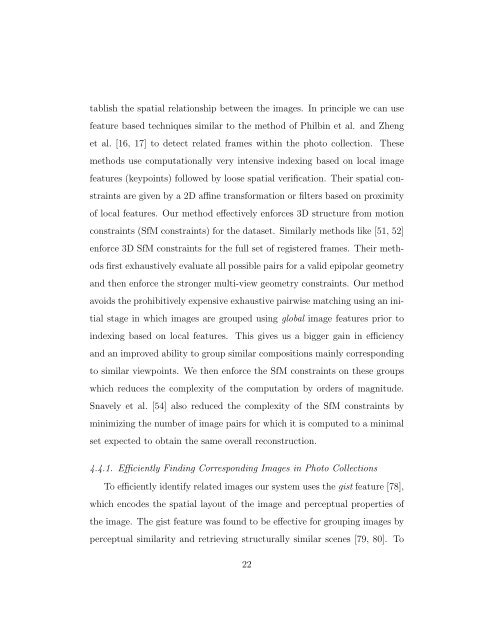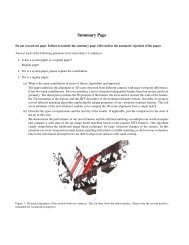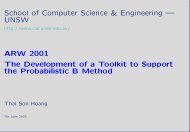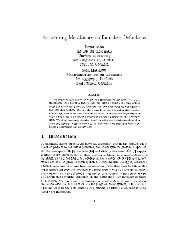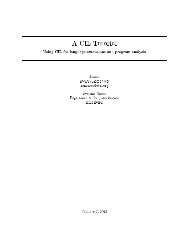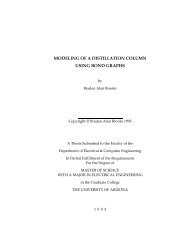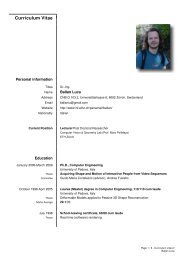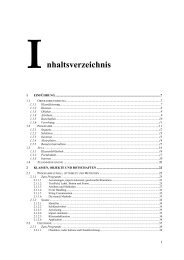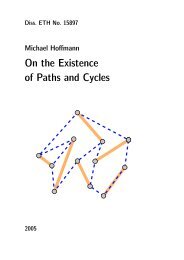Fast Robust Large-scale Mapping from Video and Internet Photo ...
Fast Robust Large-scale Mapping from Video and Internet Photo ...
Fast Robust Large-scale Mapping from Video and Internet Photo ...
Create successful ePaper yourself
Turn your PDF publications into a flip-book with our unique Google optimized e-Paper software.
tablish the spatial relationship between the images. In principle we can use<br />
feature based techniques similar to the method of Philbin et al. <strong>and</strong> Zheng<br />
et al. [16, 17] to detect related frames within the photo collection. These<br />
methods use computationally very intensive indexing based on local image<br />
features (keypoints) followed by loose spatial verification. Their spatial constraints<br />
are given by a 2D affine transformation or filters based on proximity<br />
of local features. Our method effectively enforces 3D structure <strong>from</strong> motion<br />
constraints (SfM constraints) for the dataset. Similarly methods like [51, 52]<br />
enforce 3D SfM constraints for the full set of registered frames. Their methods<br />
first exhaustively evaluate all possible pairs for a valid epipolar geometry<br />
<strong>and</strong> then enforce the stronger multi-view geometry constraints. Our method<br />
avoids the prohibitively expensive exhaustive pairwise matching using an initial<br />
stage in which images are grouped using global image features prior to<br />
indexing based on local features. This gives us a bigger gain in efficiency<br />
<strong>and</strong> an improved ability to group similar compositions mainly corresponding<br />
to similar viewpoints. We then enforce the SfM constraints on these groups<br />
which reduces the complexity of the computation by orders of magnitude.<br />
Snavely et al. [54] also reduced the complexity of the SfM constraints by<br />
minimizing the number of image pairs for which it is computed to a minimal<br />
set expected to obtain the same overall reconstruction.<br />
4.4.1. Efficiently Finding Corresponding Images in <strong>Photo</strong> Collections<br />
To efficiently identify related images our system uses the gist feature [78],<br />
which encodes the spatial layout of the image <strong>and</strong> perceptual properties of<br />
the image. The gist feature was found to be effective for grouping images by<br />
perceptual similarity <strong>and</strong> retrieving structurally similar scenes [79, 80]. To<br />
22


